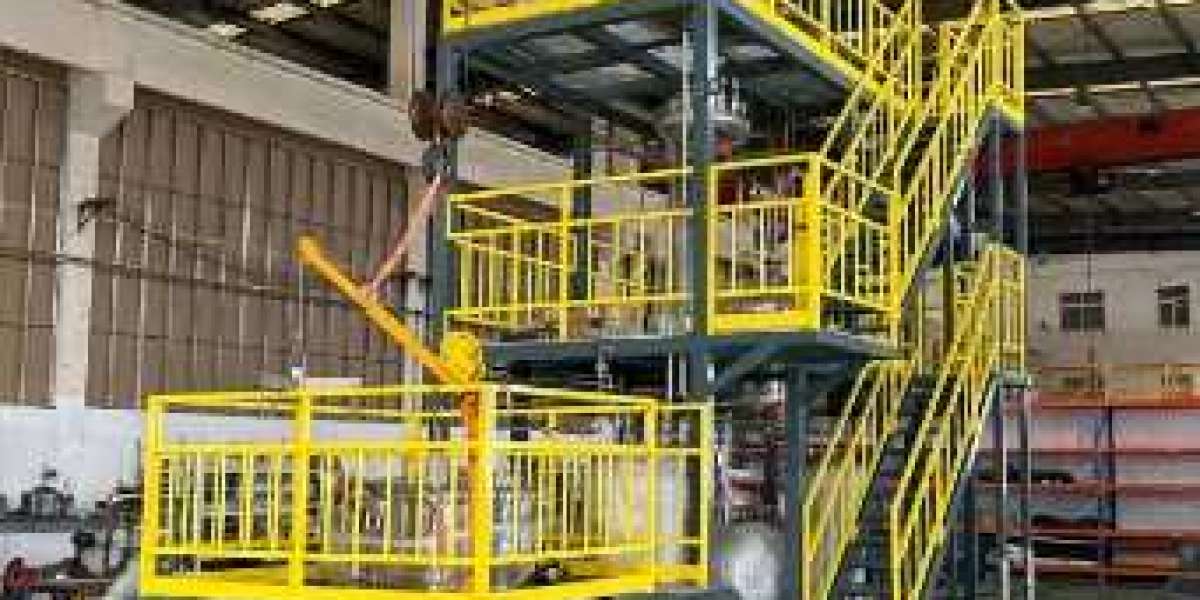In the dynamic world of chemical processing, automation has become a game-changer, especially in the operation of stirring vessels. Shanghai Chem-Unit Technologies, a pioneer in the field, is leading this revolution by integrating advanced automation technologies into their stirring vessels. These vessels are integral to a wide range of chemical processes, including hydrogenation, polymerization, oxidation, chlorination, esterification, and many more.
The Role of Automation in Stirring Vessels
Automation in stirring vessels brings about a transformation in how chemical unit operations are conducted. It enhances efficiency, accuracy, and safety, leading to optimized production processes. Here's how automation is making a difference:
Precision Control: Automated stirring vessels allow for precise control of process parameters such as temperature, pressure, and stirring speed, ensuring consistent product quality.
Increased Productivity: Automation enables continuous monitoring and adjustment of process conditions, leading to increased throughput and reduced downtime.
Enhanced Safety: Automated systems can detect and respond to unsafe conditions, reducing the risk of accidents and ensuring the safety of both personnel and equipment.
Data Management: Automation allows for the collection and analysis of process data, providing valuable insights for process optimization and decision-making.
Typical Applications of Automated Stirring Vessels
Shanghai Chem-Unit Technologies' stirring vessels find applications in a diverse range of chemical processes, including:
Reactor Systems: Hydrogenation reactors, esterification reactors, polymerization reactors, oxidation reactors, and chlorination reactors benefit from automated stirring for precise reaction control.
Synthesis Units: Organic synthesis units, etherification reactors, polycondensation reactors, and alkylation reactors rely on automated stirring for efficient mixing and reaction management.
Specialized Processes: Carbonylation reactors, mixed acid nitrification units, coupling reactors, and PAEK synthesis units require precise control achievable through automation.
Polymerization and Reduction Units: ABS bulk polymerization units, emulsion polymerization units, synthetic rubber units, and nitro reduction units utilize automated stirring for consistent polymer production.
Implementing Automation in Stirring Vessels
Shanghai Chem-Unit Technologies employs advanced automation technologies in their stirring vessels, including:
PLC and DCS Systems: Programmable Logic Controllers (PLC) and Distributed Control Systems (DCS) are used for centralized control of the stirring process.
Sensors and Actuators: Sensors monitor critical parameters, while actuators adjust process conditions in real-time based on sensor data.
Human-Machine Interface (HMI): HMI systems provide a user-friendly interface for operators to monitor and control the process.
Safety Interlocks: Automated safety interlocks protect against operational hazards by shutting down the process in case of deviations from safe conditions.
Conclusion
The automation of stirring vessels is revolutionizing chemical unit operations, driving efficiency, safety, and innovation. Shanghai Chem-Unit Technologies is at the forefront of this revolution, offering automated stirring vessels that cater to a wide range of chemical processes. As automation continues to evolve, it is set to further enhance the capabilities of stirring vessels, paving the way for smarter, safer, and more sustainable chemical manufacturing.







